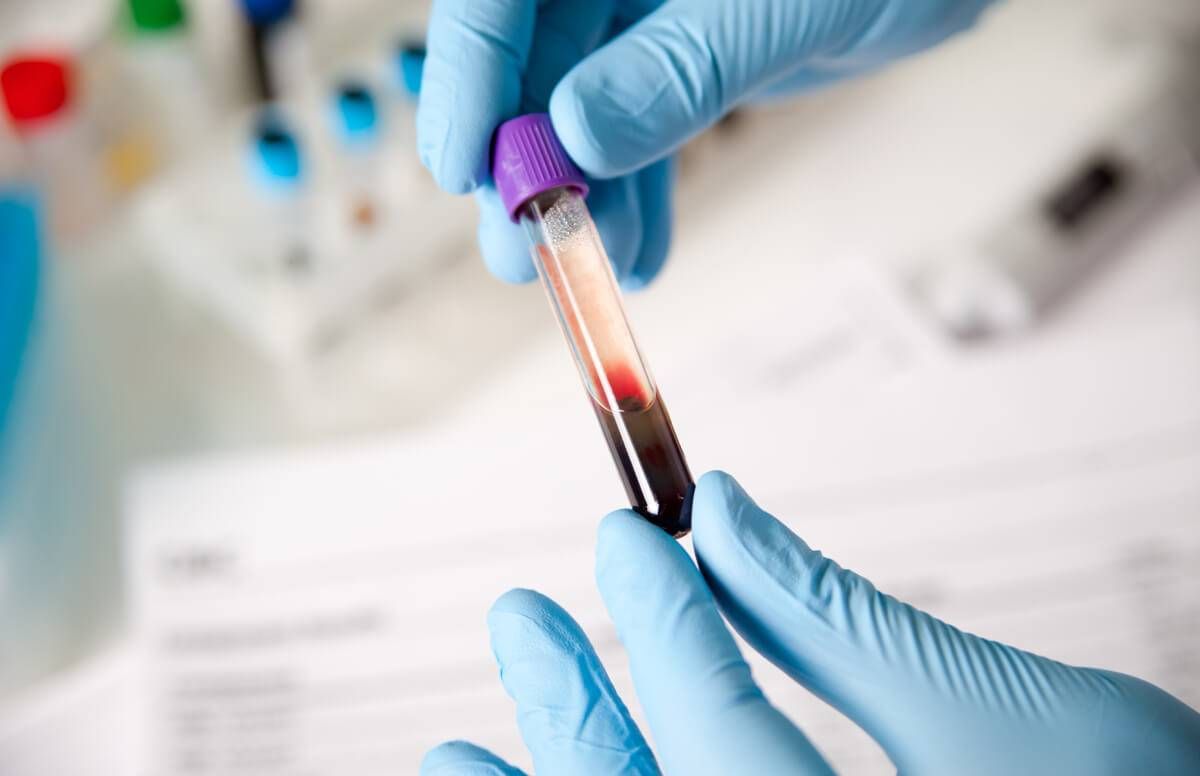New Blood Test Is Better and Faster at Diagnosing a Heart Attack
Part of the key is ruling out people who are not having heart attacks
(Editor's note: This article was published originally by American Heart Association News.)

A new and more precise blood test can rule out heart attacks in U.S. patients faster than traditional tests, according to new research.
The study, published in the American Heart Association journal Circulation, explored the impact of a highly sensitive blood test to measure for low levels of troponin T, a protein that is released into the blood when heart muscle is damaged by a heart attack.
Currently, some people who go to the hospital with symptoms of a heart attack undergo a series of tests which take three to six hours or longer to determine if they have indeed suffered a heart attack.
What a New Blood Test Found
The new test, which is already used widely in Europe, uses a high-sensitivity troponin T analysis that was approved last year by the Food and Drug Administration. In the study, researchers used the test on patients at a Dallas hospital and ruled out more patients for having a heart attack than the old test — and much faster: Half of all patients getting the new test were ruled out within one hour.
“The vast majority of patients who come to the hospital with symptoms are not having a heart attack, so there’s a real benefit to be able to reassure them ‘You’re not having a heart attack,’ and then to start looking into the other things that might be causing the symptoms,” said Dr. Rebecca Vigen, the study’s lead author and an assistant professor of internal medicine at UT Southwestern Medical Center.
“It’s also helpful because if they are having a heart attack, doctors may start the appropriate treatment faster,” she said.
Putting Everything In 'The Fast Lane'
The new test “puts everything in the fast lane,” said Dr. Nanette Wenger, a professor of cardiology at Emory University in Atlanta, who was not involved in the study.
A heart attack happens when blood flow that brings oxygen to the heart is shut off or severely reduced. About 15 percent of people who suffer a heart attack will die from it, a number that could be reduced by faster treatment.
“It’s important to diagnose promptly and send the patient to the cardiac catheterization laboratory to get the artery open, because time is muscle: The more rapidly you can restore blood flow, the less the damage to the heart muscle,” Wenger said.
The Limitation of the New Research
Vigen pointed out the research was limited by being a relatively small, single-center study. “We need to look at this in other populations and validate this protocol,” she said.
Wenger agreed. “We need larger studies and much more evidence for this to be adopted and used widely as guideline-based cardiology. This is the first baby step, but we still have to see if this baby is going to walk,” she said.
About 800,000 Americans have a heart attack each year, and about one in seven die. Many people ignore warning signs of a heart attack — including pain or discomfort in the chest or upper body, nausea, lightheadedness and shortness of breath.
The study serves as another reminder that people who think they might be having a heart attack need to get to the hospital immediately to be tested, Wenger said.
“When we talk about chest pain and calling 911 and taking a trip to the emergency room, some patients are always afraid that it will be a false alarm. But no one should ever feel afraid or ashamed to call 911 and find out,” Wenger said. “If they wait to see what happens, heart muscle may die in the interim.”
The American Heart Association is the nation's oldest and largest voluntary organization dedicated to fighting heart disease and stroke. Founded by six cardiologists in 1924, our organization now includes more than 22.5 million volunteers and supporters. We fund innovative research, fight for stronger public health policies, and provide critical tools and information to save and improve lives. Our nationwide organization includes 156 local offices and more than 3,000 employees. We moved our national headquarters from New York to Dallas in 1975 to be more centrally located. The American Stroke Association was created as a division in 1997 to bring together the organization's stroke-related activities.

